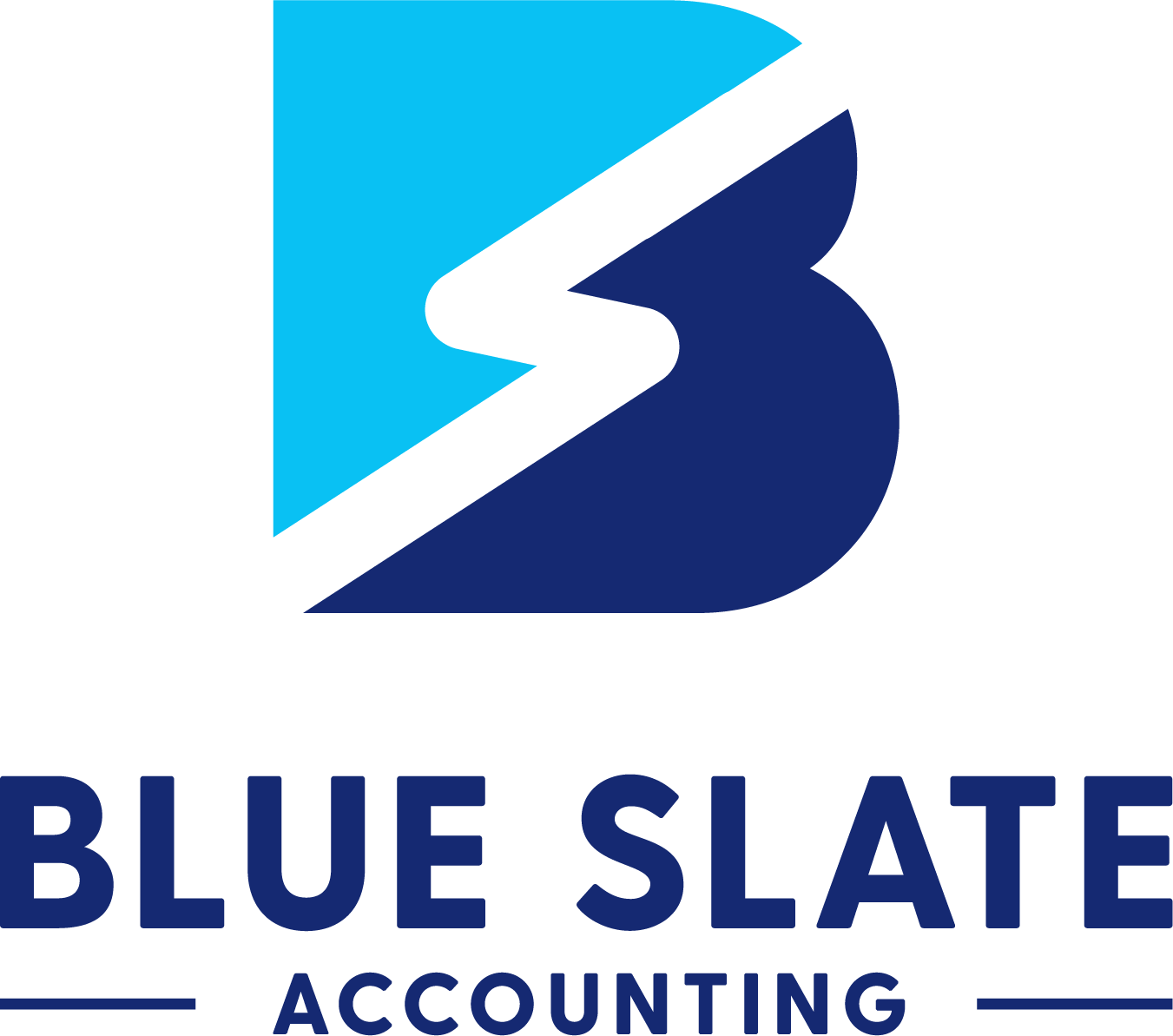Freelancing and Taxes
Are you one of the 55 million people in the United States that freelance for a living or freelance as a side job? According to the Monthly Labor Review, the freelance surge is the Industrial Revolution of our time. Some common freelance jobs include technical jobs, professional services, graphic design and professional writing. If you are one of those people who work for themselves, do you consider yourself a business owner or do you consider your side job a hobby?
As a freelancer or independent contractor you are considered self-employed. This means that you are not only responsible for paying the taxes that you would normally pay as an employee but also must contribute to things such as social security, Medicare, and withholding taxes that your employer would normally pay. The catch that many people miss is that as an independent contractor, you are also required to pay all of the taxes that your employer also pays. When you are an employee your employer pays half of your total Social Security and Medicare taxes.
Many independent contractors often find it difficult to set your hourly or project rates. A particular amount may seem fair, but once taxes you must pay are factored in, your hourly rate may be reduced by a third. Consider all those factors when setting your rates and you may want to add to the rate or project cost. Research what an employee of a company makes in a similar position and calculate a rate. Then add the employer’s tax responsibilities to obtain the true rate.
Employers benefit from using independent contractors because, they can obtain the service for a given project or function without adding employees. This often eliminates the need for office space, office equipment and the need to provide health insurance. Using independent contractors allows companies to contract and expand without the need to lay off permanent employees.
As an employer, if you outsource to a freelancer, a good rule to follow is that you don’t begin working with someone until you have their W9 form. Information on this form is needed for you to issue a 1099 to anyone who performed a service for your business during the year whom you paid $600 or more.
These 1099s need to be mailed to both the IRS and freelance person by January 31st. The IRS has increased fines for unissued 1099s to $250 and to $250 for 1099’s filed late. Therefore you could face a total fine of up to $500 per occurrence.
As an independent contractor, you may think that you can hold onto the money you make until tax time. This however, may not be true if you owe more than $1,000 in taxes at the end of the year. You are required to make quarterly estimated tax payments. Depending on your business structure, you may need to file additional taxes and tax forms.
Business owners who use independent contractors, be careful of using the word employees unless they are truly an employee. As an employer, you are responsible for paying some of the burden with social security, Medicare and worker’s comp taxes.
Your bookkeeper or accountant can help to prepare your quarterly estimates and issue the appropriate 1099’s. Know the rules and avoid potential fines because…it all adds up!
The post Freelancing and Taxes appeared first on Paxton Bookkeeping & Tax Services Online |.










